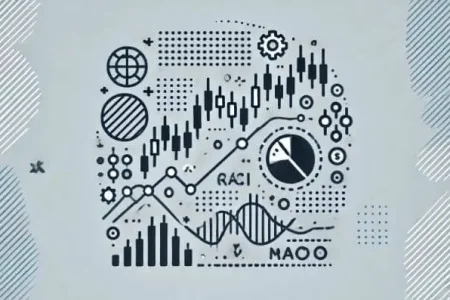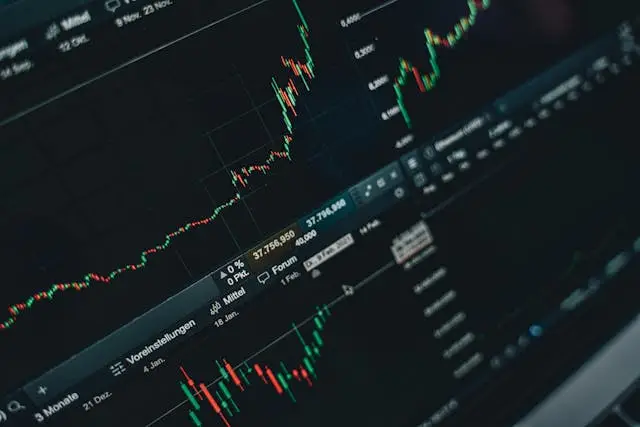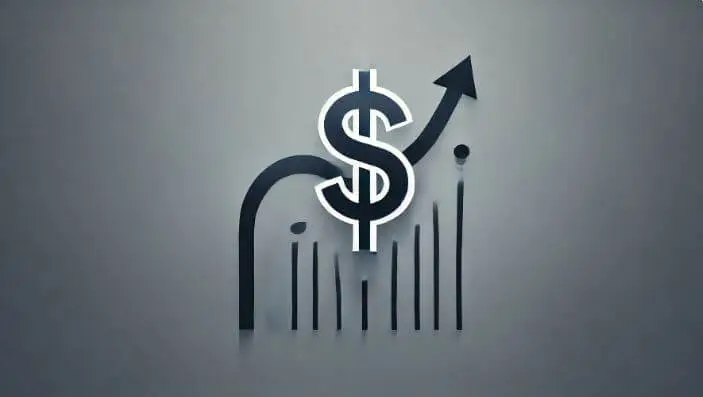Introduction
Technical analysis is a fundamental skill for any Forex trader looking to succeed in the market. This method of evaluating securities by analyzing statistics generated by market activity, such as past prices and volume, provides traders with tools to time their trades and predict future market movements. In this guide, we will dive deep into the essentials of technical analysis in Forex trading, helping you to harness these techniques to enhance your trading strategy.
Understanding Technical Analysis
Technical analysis involves the study of historical market data to forecast future price movements. Unlike fundamental analysis, which looks at economic and financial factors influencing supply and demand, technical analysis focuses solely on price movement and market behavior.
Key Concepts of Technical Analysis
- Price Trends: The belief that prices move in trends which are typically more predictable after established patterns are recognized.
- Market Psychology: Price movements often reflect the collective emotions of the market participants.
- Support and Resistance: Levels on a chart below which the price does not fall or above which it rarely rises.
Tools for Technical Analysis
Effective technical analysis requires the use of various tools to visualize and interpret market data:
1. Charts
The most fundamental tool in technical analysis is the chart. Common types include:
- Line Charts: Simple and clear, showing the closing prices over a set period.
- Bar Charts: Provide more information including opening, high, low, and closing prices.
- Candlestick Charts: Offer detailed insights into market sentiment and potential reversals.
2. Technical Indicators
Technical indicators are crucial in identifying trends, momentum, and potential entry and exit points. Some essential indicators include:
- Moving Averages (MA): Helps smooth out price data to identify the trend direction.
- Relative Strength Index (RSI): Measures the speed and change of price movements to identify overbought or oversold conditions.
- MACD (Moving Average Convergence Divergence): Used to spot changes in the strength, direction, momentum, and duration of a trend.
3. Chart Patterns
Recognizing chart patterns is key to successful technical analysis. Patterns like head and shoulders, triangles, and flags can indicate continuation or reversal of trends.
Applying Technical Analysis in Forex Trading
Strategy Development
Use technical analysis to develop strategies based on historical performance and probable future behavior. For example, a trader might use RSI combined with MACD to confirm trend reversals before entering a trade.
Risk Management
Incorporate technical tools to set stop-loss orders or take-profit points, ensuring that your trading decisions are both data-driven and disciplined.
Conclusion
Technical analysis is a powerful tool that, when mastered, can significantly improve your Forex trading outcomes. By understanding and utilizing the tools and concepts of technical analysis, you can make more informed decisions, manage risks better, and increase your chances of trading success.
At Twisted Forex, we are committed to providing you with the tools and knowledge to excel. Explore more about technical analysis and other trading strategies on our website to further your trading skills.



